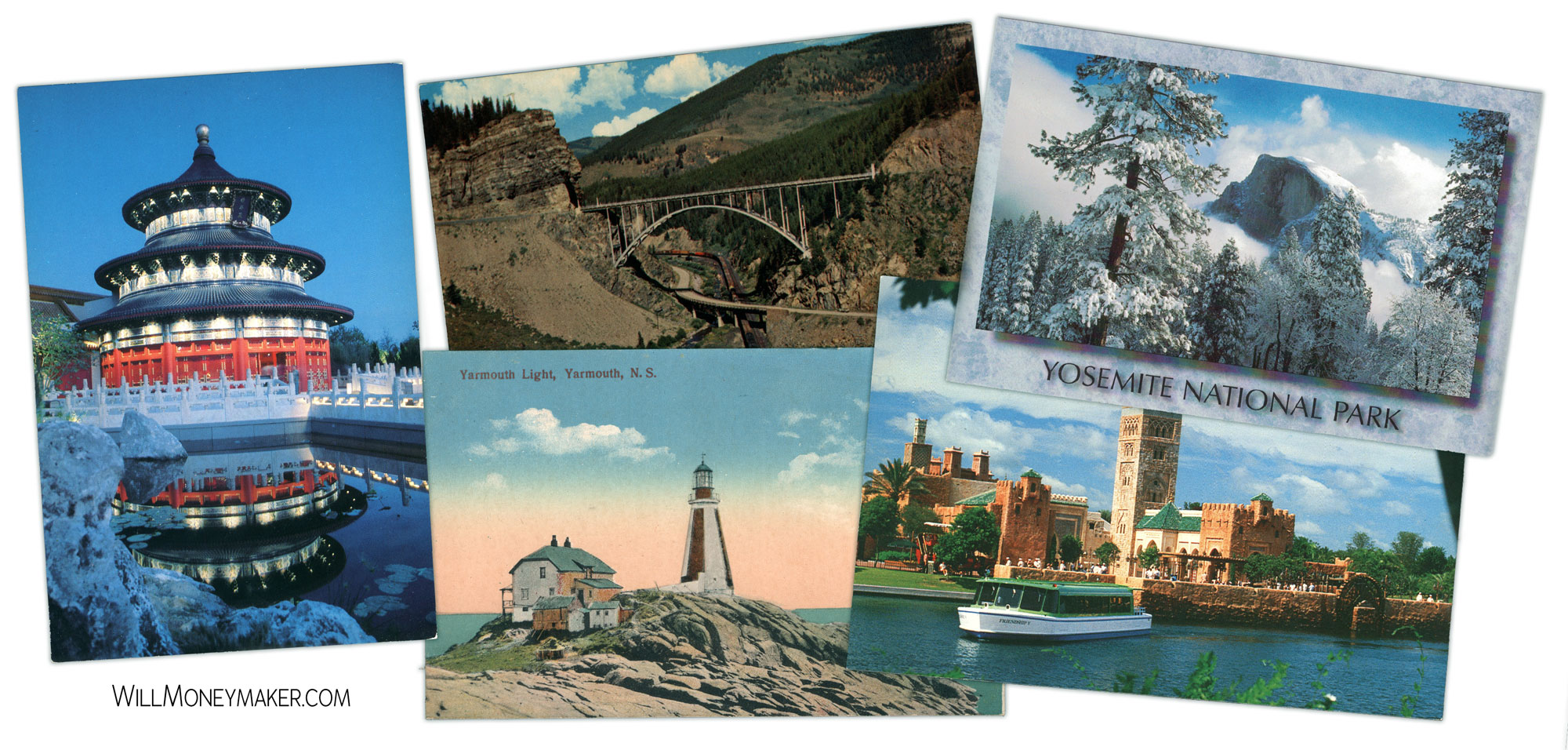The stereotypical image of the artist is someone who spends a large part of their life not producing anything. Then, when the inspiration strikes, the artist goes to work, spontaneously producing works of art. The artist finally had the exact right sequence of thoughts. Whatever the case is, the work is something that just came to them, spur of the moment.
Photographers often have a mental image of the inspired artist. It is sometimes even stronger because people assume that all a photographer must do is keep pushing that shutter button. Eventually, something magical happens. In a fit of inspiration, the photographer figures out the method to create the perfect piece of art. With a few quick snaps, the job is done.
Nevertheless, that isn’t how artworks. Any art, not just photography, but painting, writing and so forth. More often than not, the greatest works are those that took the most time. They are the works that the artist spent days, weeks, or even years producing.
In photography, a lot of that time is time spent waiting. Thinking, digesting, and letting ideas coalesce and grow. What’s more, there are several points throughout the photographic process where you should find the time to wait. Let the image percolate in your mind. Give yourself the time to forget about it just enough so that you can look at an image more critically. Let me show you the three stages of the photographic process where I find myself simply waiting and thinking.
1. Think Before You Snap
You’ve had an idea for a photograph that you’d like to make. Or at least you think you have an idea. Now is the time to stop yourself, before you rush out to create the photograph. Ask yourself questions. Is this really the best idea? Is there another angle that you can approach this from? Have you considered all the ways to use your gear effectively? Are you fully utilizing your knowledge? What about all the other tools at your disposal?
Wait, think things over, let the idea cook, so to speak. Take the time you need to explore various concepts. Solidify the final image in your mind before you embark on the photo trip. This prevents you from wasting time in the field. It also prevents you from forgetting a lens. Use a piece of gear to really enhance the image. Who knows, you even decide that the idea is not worthwhile after all. Better yet, a few days after developing the idea, you realize a few things. These insights can take the image you intend to make from good to amazing.
2. Take the Photo, then Wait Some More
Once you’ve actually taken the image, now is a great time to wait for a little while longer. Go ahead and load the image on your computer. Do some basic processing like exposure correction or color correction. Then, let the image sit for a few days or a week before you delve into serious post-processing.
Why? Because this process lets you do two things. First, you’ll have a little bit of time to forget about the image. This means that you can sit down and look at it with a fresh perspective later on. This is important because as artists, we get attached to our ideas. It is hard to critique an image properly when it is fresh. We are still in love with everything about the concept. So, let it sit, then come back to reevaluate.
The second reason to wait before post-processing is that this gives you some time. It allows you to come up with additional ideas for things you can do in post. Perhaps you initially wanted to create an HDR image. After a few days of settling, you reconsider. You decide the image might work better in black and white. Who knows, you might realize you could have taken the photo slightly differently. You may then decide to head back out to your subject material and start over. Whatever the case may be, allow yourself the time to have these thoughts.
3. Print the Photo and Live with It
The last step of this process comes with the completion of the photograph. Once the post-processing is done, and all of the ideation is over with, print the image. When everything is complete, display it somewhere prominently. You should be able to observe it daily over the next few weeks. It doesn’t necessarily have to hang on a wall. Place it somewhere you will see the image day in and day out.
I even make the image my desktop background on my computer for a while. This saves printing costs. I still get to see it. I think about it each day when I use my computer.
The important part of this is to get to know the image more intimately. Understand its strengths and weaknesses. Think about all of the things you have done differently, things that improve the image. Make mental notes of what can be done to make it better. If you have any of these kinds of ideas, act on them. Take a new photo or go back to Photoshop and process the image differently. Give it a different crop. Make any changes you think it needs. Make sure you have taken the time to look at the print or finished digital image. Truly learn what you need to do to refine the concept.
And, be aware that sometimes, you will find nothing to change. Sometimes, no ideas come to mind about how you can improve upon what you have done. That is fine. The important part is that you’ve taken the time to be introspective about the image. You can take whatever lessons you’ve learned and apply them to other photographs in the future.
Photography is largely a waiting game. You wait for the idea. You wait in the thick of the action until you get the shot. You wait until you are ready to call the image finished. Don’t rely on spontaneity to make things click into place. Instead, be prepared to wait, and be prepared to think long and hard while you wait.





